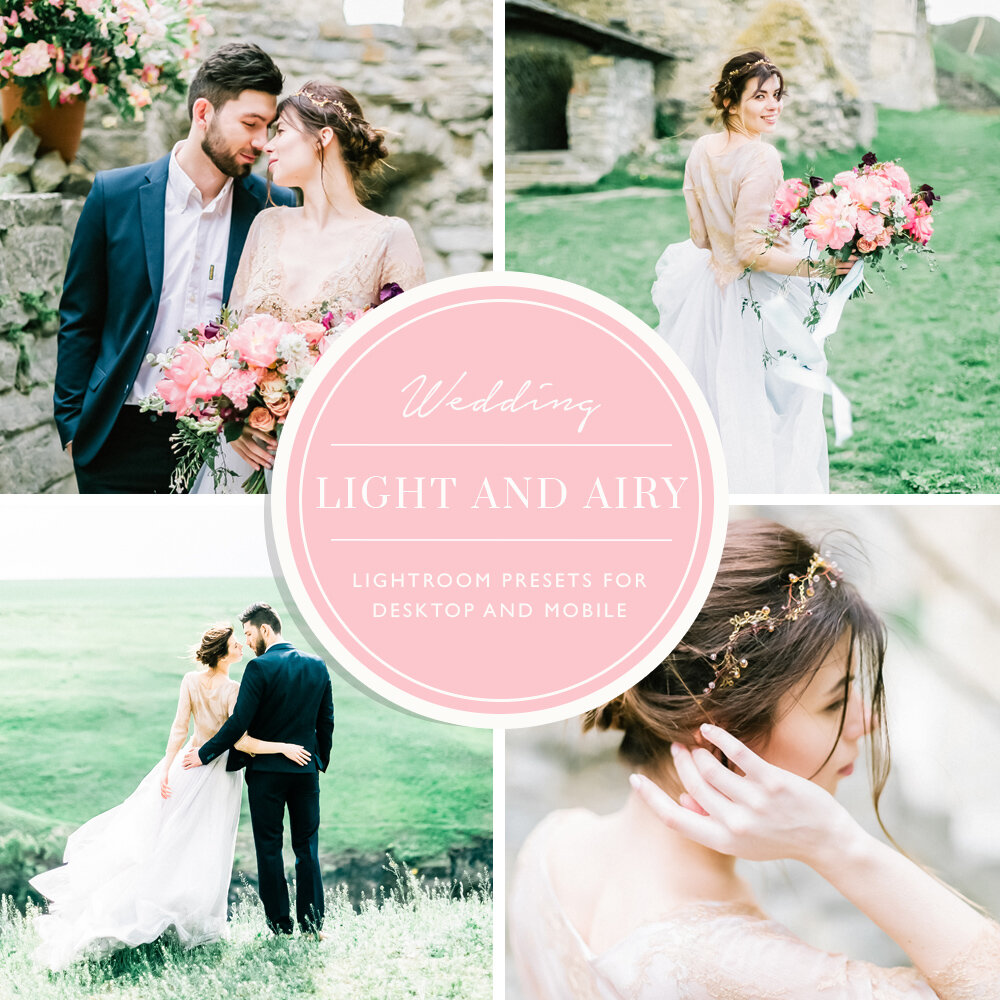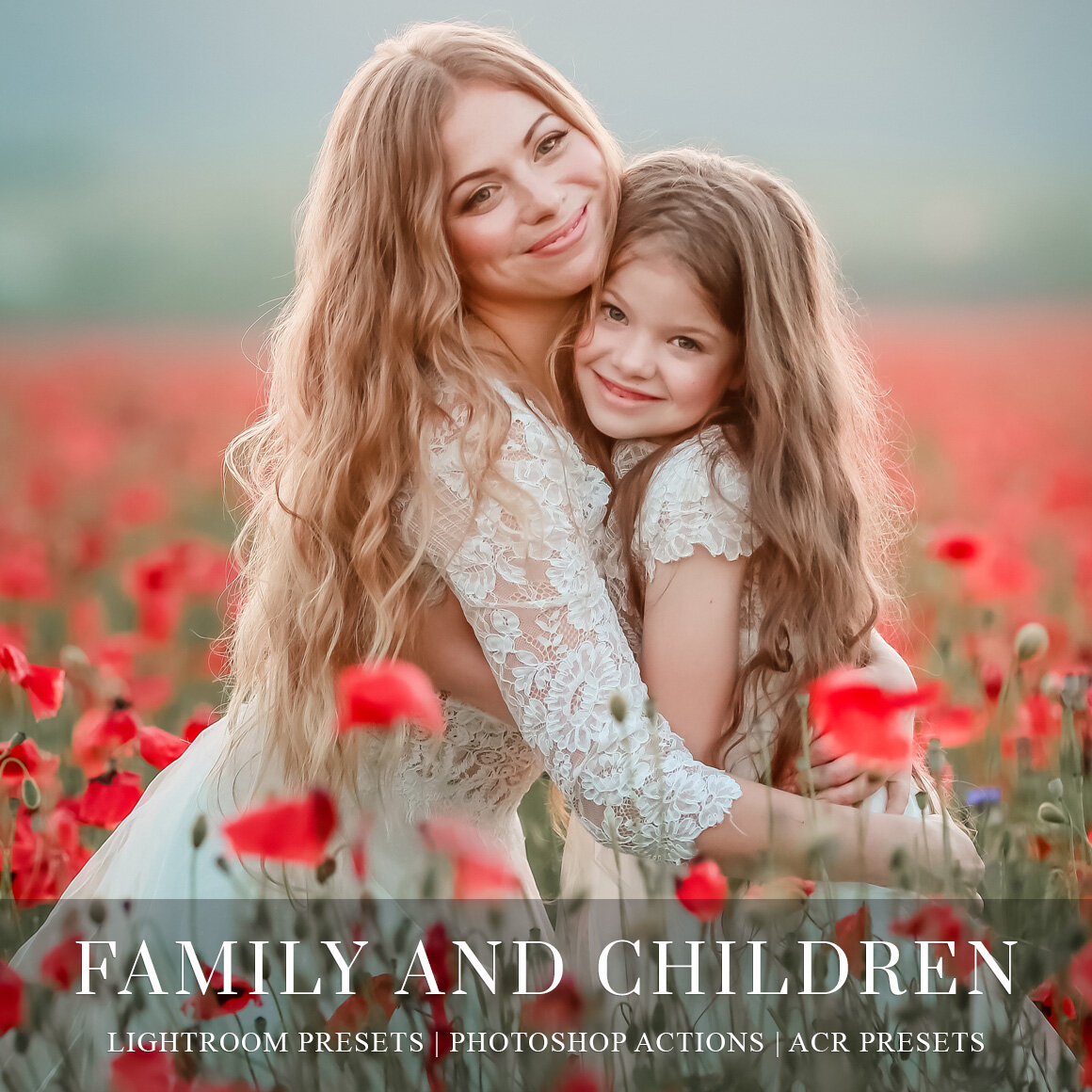Mastering the Art of Professional Real Estate Photography
In the competitive world of real estate, pictures can really grab the attention of people who might want to buy or rent a home. Professional real estate photos are more than just pictures; they tell a story through pictures that show what a place is really like.
It's important to be able to capture the spirit of a property through pictures, whether you're a real estate agent, a property owner, or a professional real estate photographer. In this detailed guide, we'll go over the most important steps for taking stunning, professional shots of your real estate listings that will help them sell faster.
1. Equipment and Preparation
It's important to make sure you have the right tools and are well-prepared before you start your real estate photography career. The quality of your real estate pictures will depend on these things.
a. Camera: The first thing you need is a good camera. It's best to use a DSLR or mirrorless camera with manual settings to fine-tune exposure and framing.
b. Lenses: Pick a wide-angle lens, especially one between 10-24mm or 16-35mm. This will let you capture more of the room in one shot, making the property look bigger.
c. Tripod: A strong tripod will always be with you. It promises steady shots, especially when there isn't much light, so your pictures will be clear and well-framed.
d. Remote Shutter Release: A remote shutter release device is very helpful for keeping the camera from shaking, which can be especially helpful when there isn't much light or when the exposure time is long.
e. Cleaning supplies: It's important that the house is clean. For a spotless space, make sure you have cleaning tools on hand to wipe down surfaces, mirrors, and windows.
f. Styling: Professional styling can make a house look a lot better. It helps people who are interested in buying the place picture themselves living there, which makes it a good investment.
2. Getting the property ready
It is very important that the property is in great shape before the camera starts to roll. Making sure the space is clean and welcoming can have a big effect on the quality of your real estate pictures.
a. Declutter: Get rid of any extra furniture, personal things, and other junk. A room that is clean and simple looks more inviting and helps potential buyers picture themselves living there.
b. Clean and Tidy: Clean everything well. Any surface, like floors, walls, windows, and fixtures, should not have any dirt, stains, or signs of carelessness that can be seen.
c. Fixes: Take care of any damage you can see or fixes that need to be done on the property. Your pictures should show a place that has been cared for and kept up.
d. Landscaping: The outside of the house is just as important as the inside. Lawns, gardening, and other outdoor areas that are well taken care of add to a home's curb appeal.
3. When and how much natural light
The time of day and amount of natural light you use can really change the look of your real estate pictures.
a. Golden Hours: The best natural light comes during the "golden hours," which are right after sunrise and before sunset. During these times, the soft, warm light can give your pictures a magical look.
b. Properties Facing North: Properties facing north usually have more even and steady lighting throughout the day, which gives you more options for when to do photoshoots.
c. Open Blinds and Curtains: Natural light can spread out better in indoor shots when blinds and curtains are open. For real estate photos, soft, diffused natural light is often best.
d. Flash and Lighting Control: Natural light is best, but be ready to use a flash or other lights to fill in shadows and even out lighting that isn't level.
4. Setting up the camera
To take professional pictures of real estate, you need to know how to use your camera's settings.
a. Depth of Field: For a deep depth of field, choose a small aperture, usually between f/8 and f/11. This will make sure that every feature in the frame is clear and sharp.
b. Shutter Speed: If you need to, you can use a stand to slow down the shutter speed without making the camera shake. When there isn't much light, slower shutter speeds are better because they let more light into the picture.
c. ISO: To keep the picture quality and noise levels low, keep the ISO as low as possible, usually between 100 and 200.
d. White Balance: To make sure the colors look right, change the white balance to fit the lighting (for example, daylight, cloudy, or tungsten).
If you want to have the most freedom when editing your photos afterward, you should always take in RAW format. RAW files keep more information, which lets you make more changes after the fact.
5. Putting together and framing
To show off the best features of a property, you need to master the art of composition and frame.
a. Wide-Angle Perspective: To make the room look bigger, use a wide-angle lens to get more of it in one shot.
b. Horizontal Lines: Check that the frame's horizontal lines are straight. Lines that are crooked or twisted can make your photos look less professional.
c. Vertical Lines: Make sure the frame has straight vertical lines. A tilt-shift lens can help fix distortion and make sure the image is straight on the screen.
d. Rule of Thirds: To make your shots look balanced and good, use the rule of thirds to arrange your subjects so that important things are placed along these lines or where they meet.
e. Leading Lines: Use lines that are natural or built into the property to draw the viewer's eye into the frame and give it depth.
f. Focal Points: The property's unique selling points, like a fireplace, an amazing view, or a beautifully designed kitchen, should be found and emphasized.
g. Frame Within a Frame: If you want to frame the view and give the picture more depth, you can use doorways, windows, or arches. This will draw the viewer's attention to the scene.
6. Views from different angles
Change your shooting angles and points of view to get a full picture of the land.
a. Eye-Level Shots: Take pictures of the land from eye level to make it more real.
b. Low-Angle Shots: Try taking pictures from lower angles. They can bring out interesting details in buildings or ceiling patterns.
c. High-Angle Shots: Raise your camera to get pictures that show how big the property is, how it's laid out, and how the rooms and features are arranged.
d. Aerial Shots: If you have a bigger property or a lot of outdoor space, you might want to use a drone to get beautiful aerial shots that show the whole property and its surroundings.
e. Detail shots: Don't forget how powerful close-up shots can be for showing off building or design details and giving your portfolio more depth and personality.
7. HDR and bracketing
You can use bracketing and High Dynamic Range (HDR) photography to deal with settings with a lot of contrast. To do this, you need to take several pictures of the same scene at different exposure levels and then combine them afterward to get more information in both the highlights and shadows.
8. Post-Processing
Post-processing is often the last thing you do to your professional real estate pictures before they are finished. Making changes to the exposure, color, and editing can make your photos look much better. For this, a lot of people use photography software like Adobe Lightroom and Photoshop.
To sum up, professional real estate photography is an art that requires the right tools, careful planning, and a deep understanding of how to light and arrange things in a picture. By following these steps, you can make pictures that really show off your homes and get people interested in buying or renting them. Learning how to take excellent photos of real estate is a useful skill that can help you get ahead in the real estate business.























